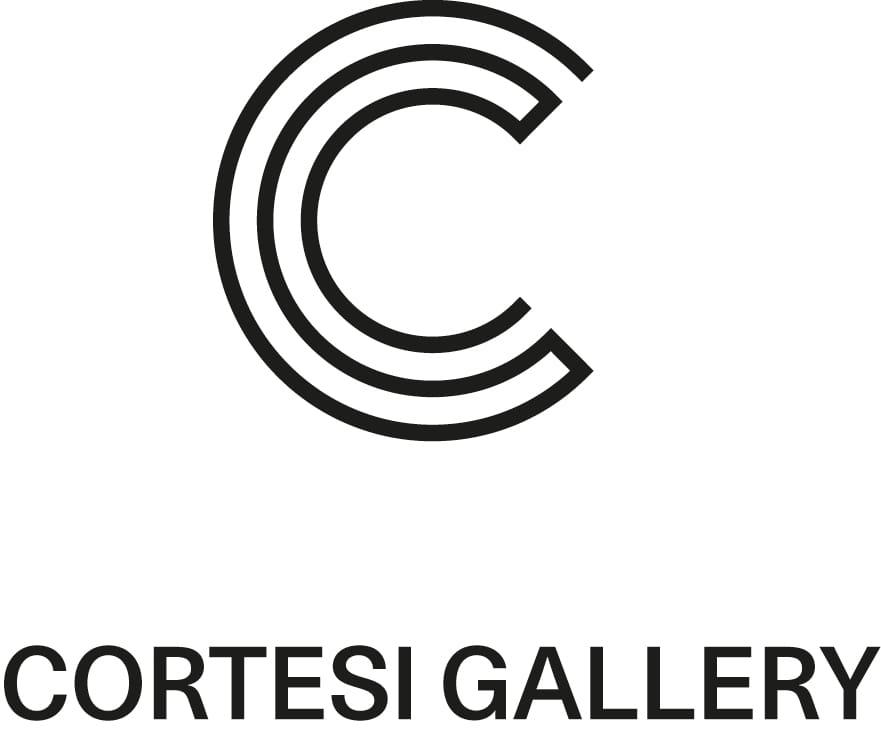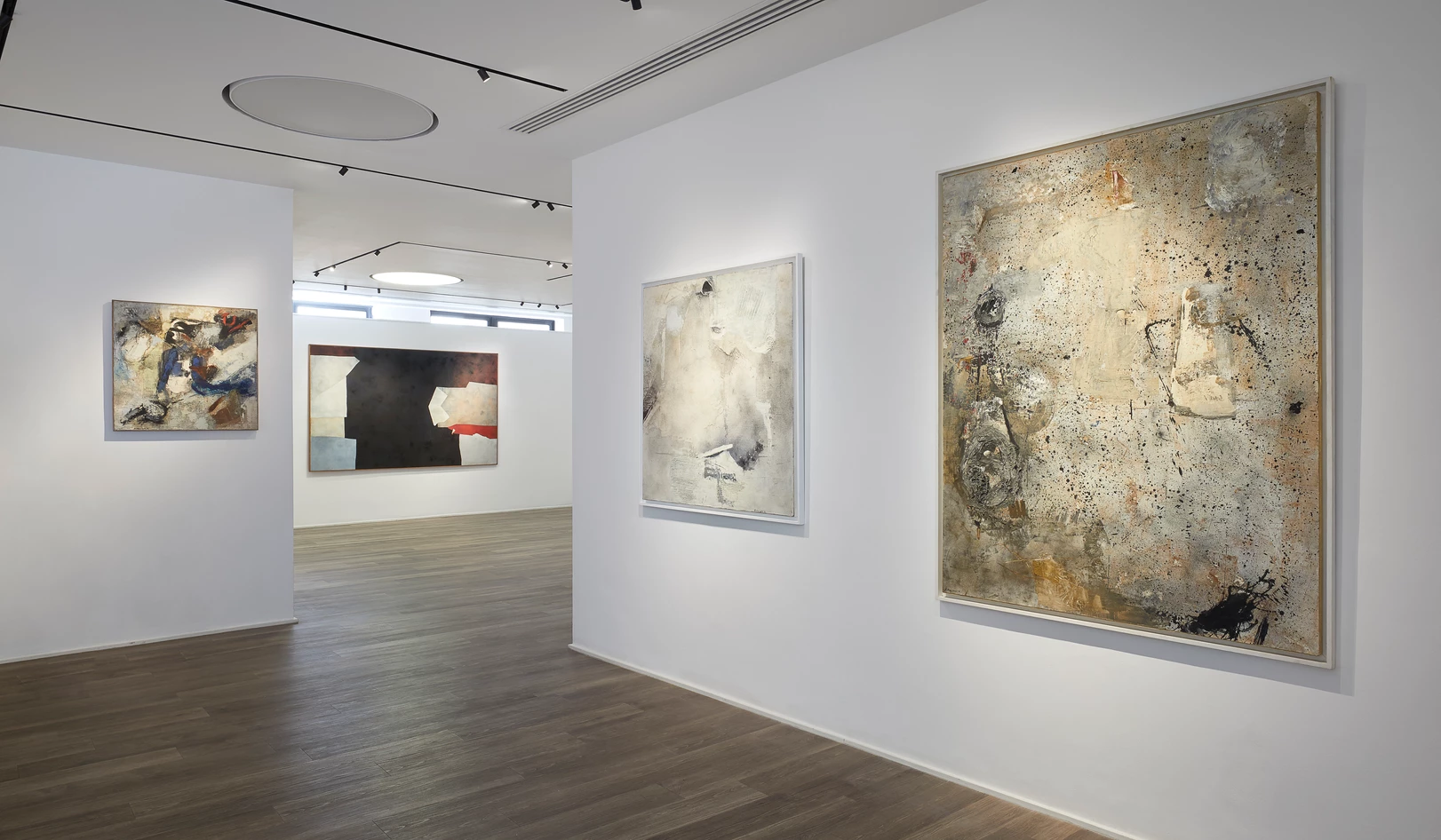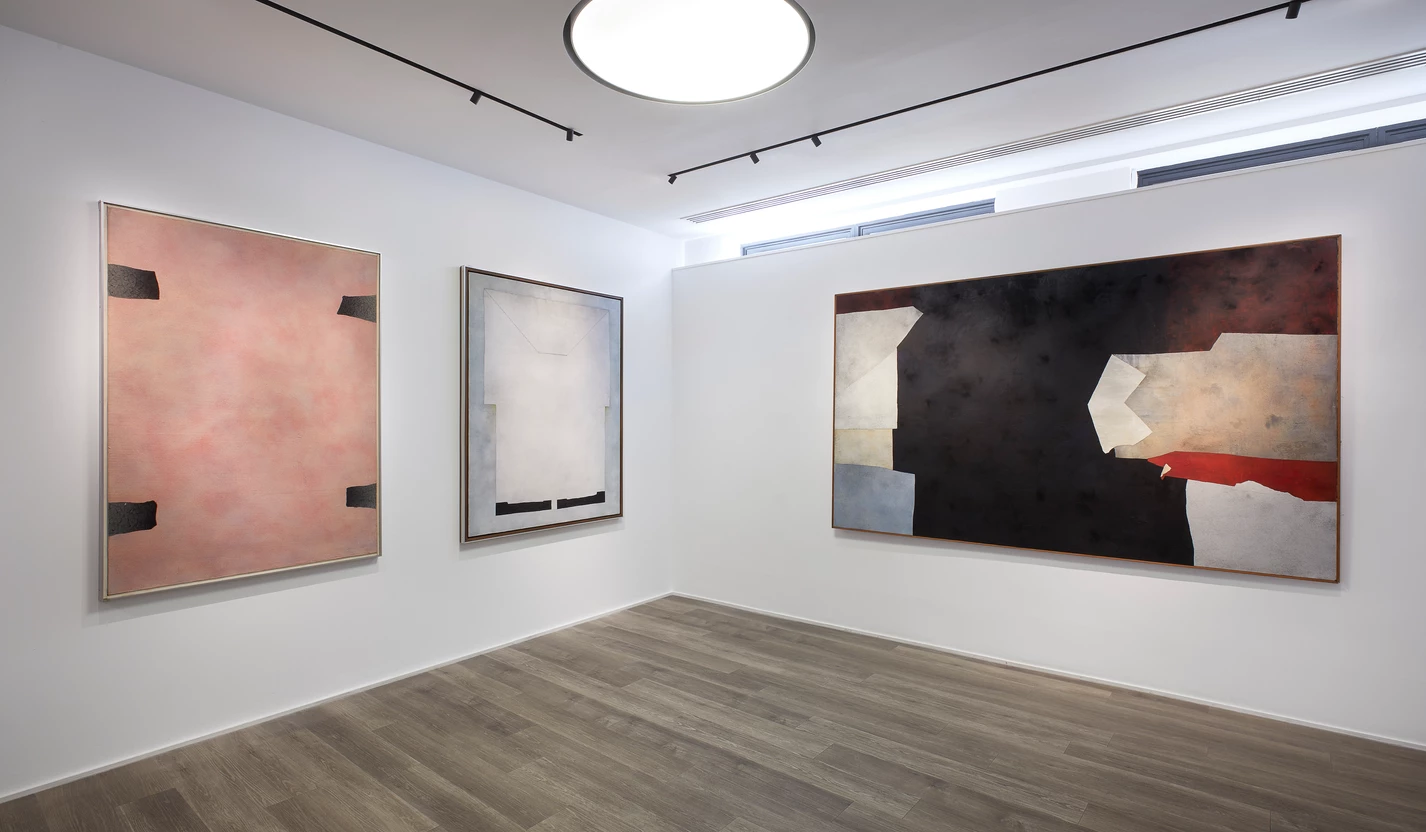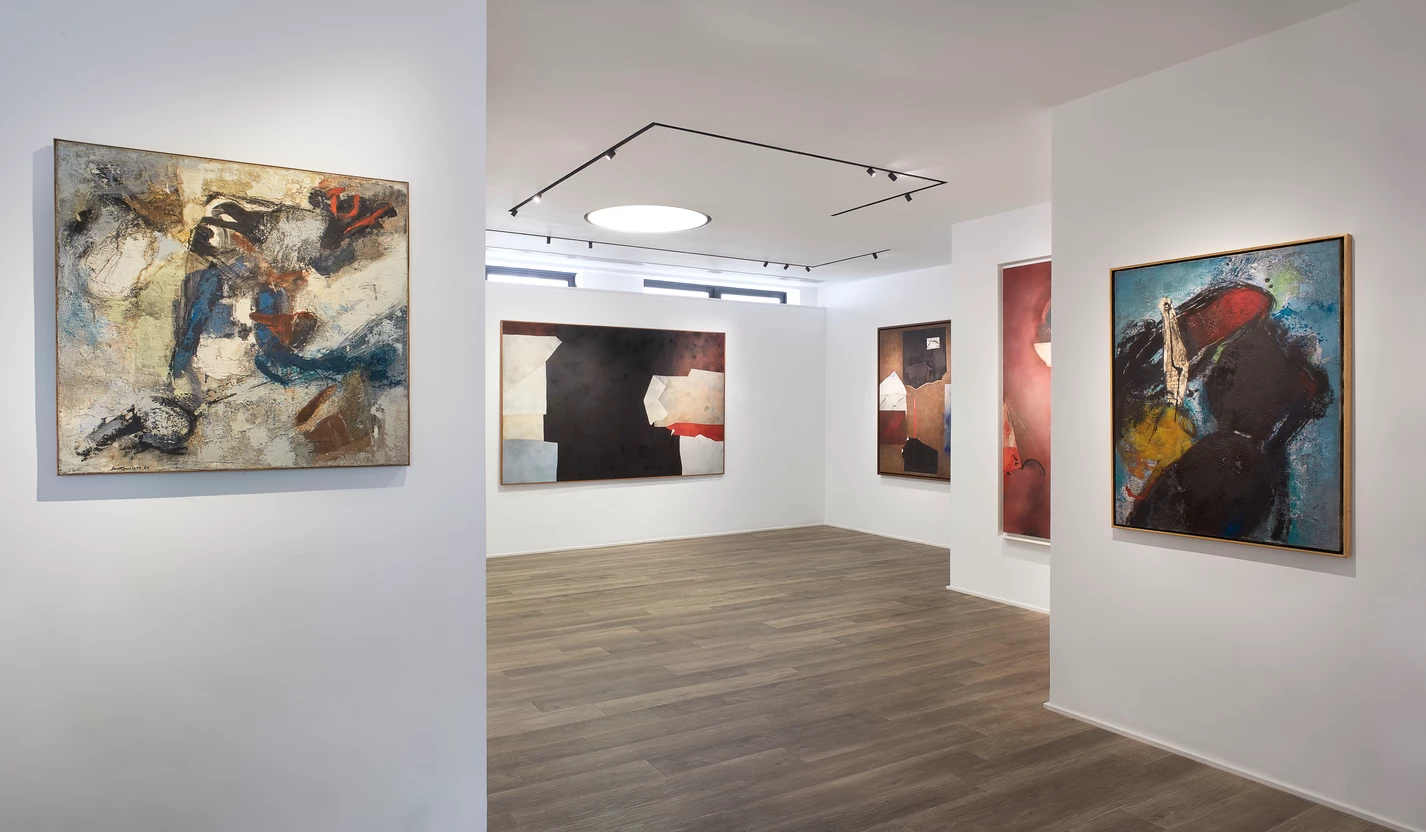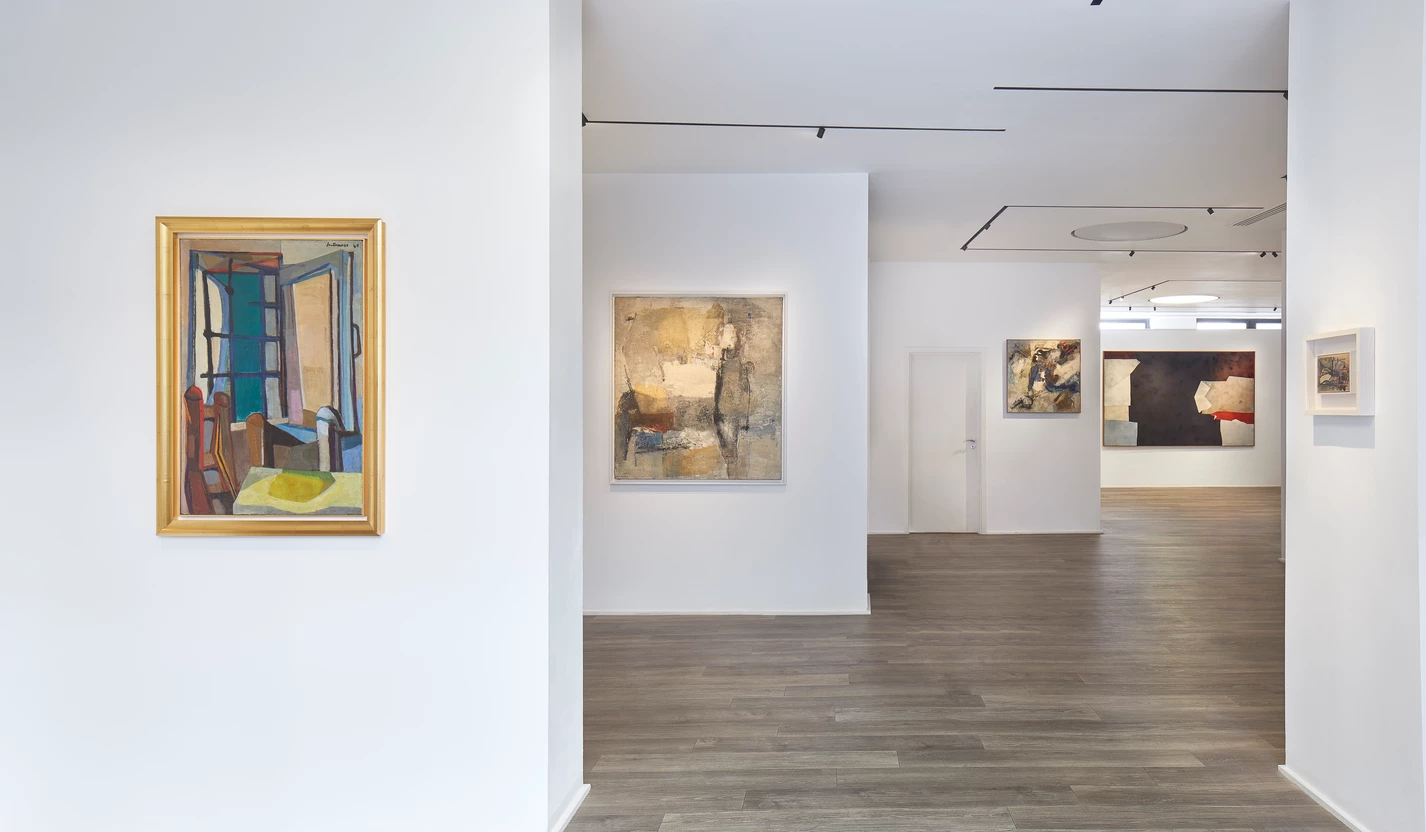Giuseppe Santomaso (Venice, 1907-1990) is one of the main figures of the art of the second half of the 20th century; he has been able to combine the millennial pictorial and luministic tradition of the Venetian painting with the most radical solicitations of the great international Avant-gardes of the 20th century.
This exhibition at the Cortesi Gallery, curated by Francesca Pola, is the first solo show ever presented in London and in the United Kingdom after his death. It takes place sixty-six years after his unique solo exhibition presented in this city, while he was still alive, in November 1953 at the Hanover Gallery, accompanied, at that time, by a critical text by Herbert Read.
Realised in collaboration with the Santomaso Archive, the exhibition brings together a series of highly significant examples of the artist’s work: from 1948, the year of his participation to the first International Venice Biennale of Art, after the Second War period, to 1990, the moment of his passing, in order to present the keys stages of a creative activity that has seen his affirmation among the pioneers of the international renewal of modern painting.
In Italy, during the 40s, Giuseppe Santomaso was one of the most precocious and decisive interpreter of the non-figurative painting, as well as one of the main supporter and promoters, together with other protagonists as Afro Basaldella and Emilio Vedova, of radical artistic groups such as Fronte Nuovo delle Arti andGruppo degli Otto. The artist intended to recreate the dynamics of reality through painting: both from a physical and emotional point of view, giving life to images that seem to take form, never a definitive one, but always an evocative one, in the right moment we observe them. A painting “animated” by a continuous vibration into which every technical, formal, compositional, chromatic element helps conveying a concentrated image of life and of the experience we make of it through our senses and emotions, purified by the filter of thought and imagination.
The exhibition begins with an example of the fundamental “windows” series, through which Santomaso synthetizes, in a new way, the conquests made by the Avant-gardes of the beginning of the last century (in particular Cubism and Futurism), to furtherly move to some crucial works of the 50s, in a dialogue with an important sets of pieces on paper, which refer, through Kandinskij, to the intangible inspiration of music and creates a new syntax through it. One example is Il capanno sfasciato (The wrecked shack) exhibited at the International Biennale of Art in Venice in 1954, edition in which Santomaso was awarded the Grand Prize for painting to an Italian painter.
A section is devoted to the moment of major experimentalism of the materials, between the late 50s and the early 60s, including masterworks as Palude in grigio(Swamp in grey) (1959), Canto notturno n. 6 (Night song nr. 6) (1960), Il nido (The Nest) (1963), Bianchi (Whites) (1964), where the dialogue with the informal poetics can be read, but free from any gestural violence or material tautology; until the turning point in 1964, when the artist develops his peculiar technique based on the pigment dropped on the surface through a slow and stratified sieve procedure. This is how the vast and aerial chromatic areas, since the second half of the 60s until his final years, will represent one of the most original artistic responsess to the International creative atmosphere: to the minimal and analytical – conceptual tendencies, invigorating their coldness through the warmth of history and memory (one of his rare Lettere a Palladio – Letters to Palladio 1977, is exhibited); to the neo – expressionism of the return to painting in the 80s, interpreted in an evocative and suspended way, as witnessed by some masterpieces such as Valenze (Valences) (1978) or Strutture della memoria (Structures of memory) (1988).
The exhibition at the Cortesi Gallery in London wants to highlight the richness and multiplicity of Santomaso’s creative paths, but also the International vocation, which has always characterised his work, concerning both the creative dialogues and the personal relationships. These elements not only led him to an immediate success outside Italy (his first solo exhibition was held at the Galerie Rive Gauche in Paris in 1939) but also to early enter prestigious collections, such as The Peggy Guggenheim collection since 1962.
The exhibition is accompanied by a bilingual monograph (Italian/English), curated by Francesca Pola and edited by Skira, including a wide, critical essay, a significant selection of the artist’s writings, precious historical pictures and documents and a selected iconographic mapping of his works from museums and collections all over the world, as well as images of all the exhibited works, views of the exhibition and a bio – bibliographic appendix. Based on an extended art-historical research, it intends to offer new cues and occasions to stimulate further International studies on Santomaso’ s work.
